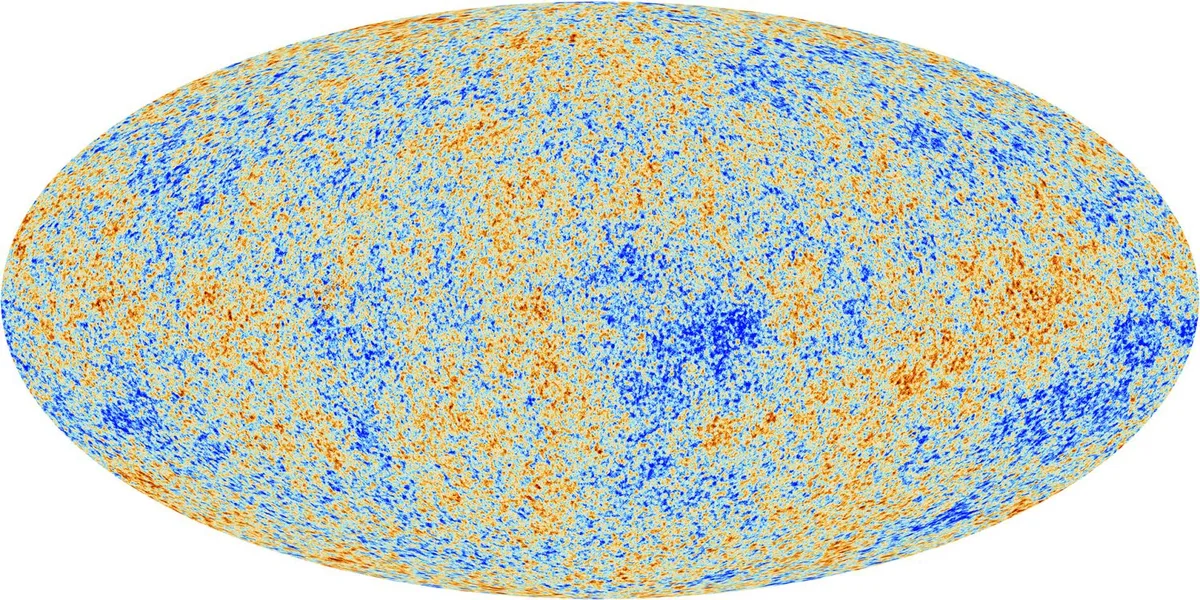Over the past decades, scientists have unravelled a lot of cosmological mysteries.
In particular, detailed observations of the cosmic microwave background by the European Space Agency’s Planck mission, as well as large-scale surveys of the three-dimensional distribution of galaxies, provided so much information about the early stages and the later evolution of the Universe as to warrant the use of the phrase ‘precision cosmology’.
Nevertheless, astronomers are left with an annoying number of unsolved cosmological riddles.

Apart from the fact that no one knows what (if anything) happened before the Big Bang, there’s no consensus on the hypothesis of cosmological inflation.
This an extremely early and brief phase of exponential expansion without which a number of properties of the Universe, like its homogeneity and lack of large-scale curvature, would remain unexplained.
Moreover, although cosmologists know the Universe contains 68.5 per cent of dark energy, 26.6 per cent of dark matter and a mere 4.9 per cent of ‘normal’ matter (atomic nuclei), the true nature of both dark energy and dark matter is a mystery.
Find out more about the difference between dark matter and dark energy.
Finally, we don’t know about the long-term future of the Universe, and no one knows why the particles and forces in nature have the masses, charges, strengths and other properties they do.
This article originally appeared in the June 2023 issue of BBC Sky at Night Magazine.

